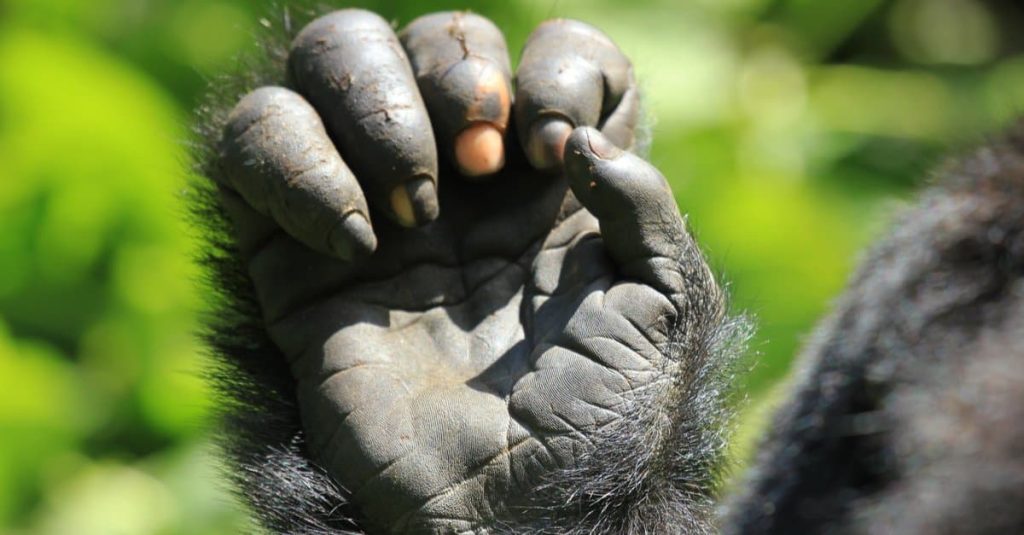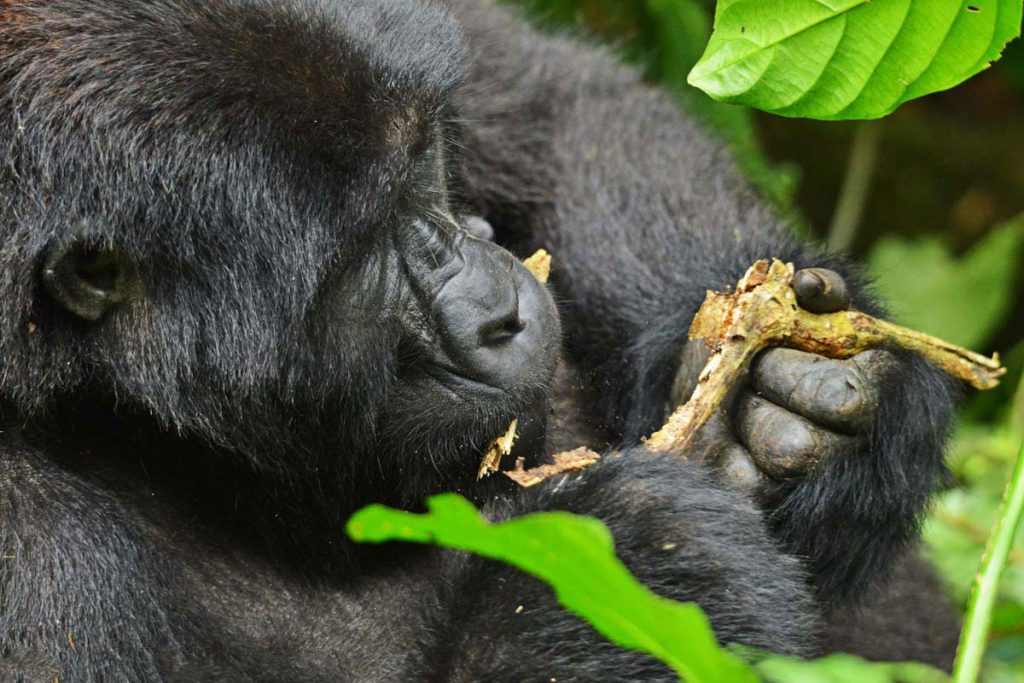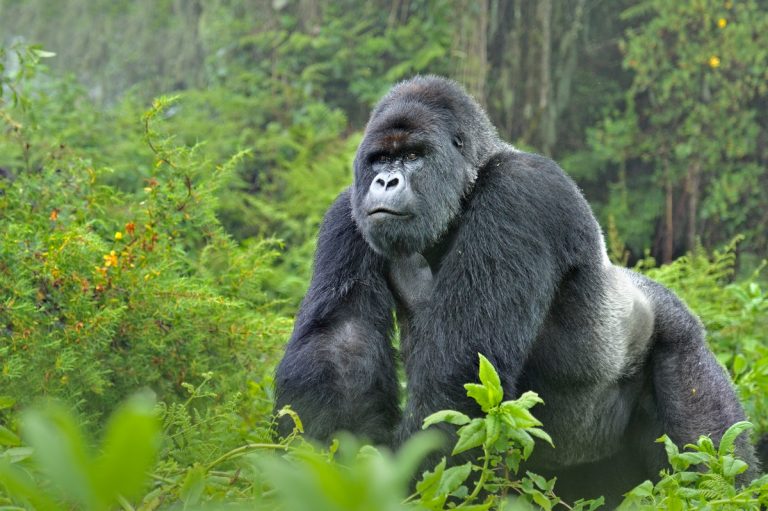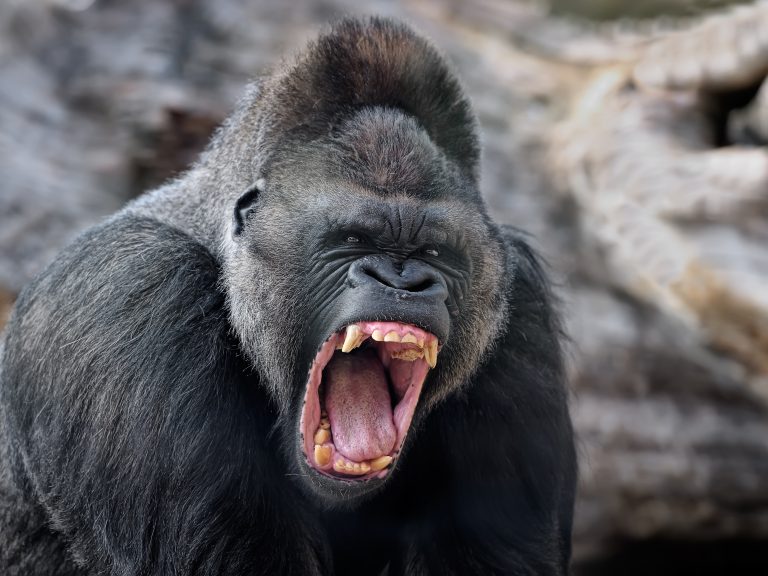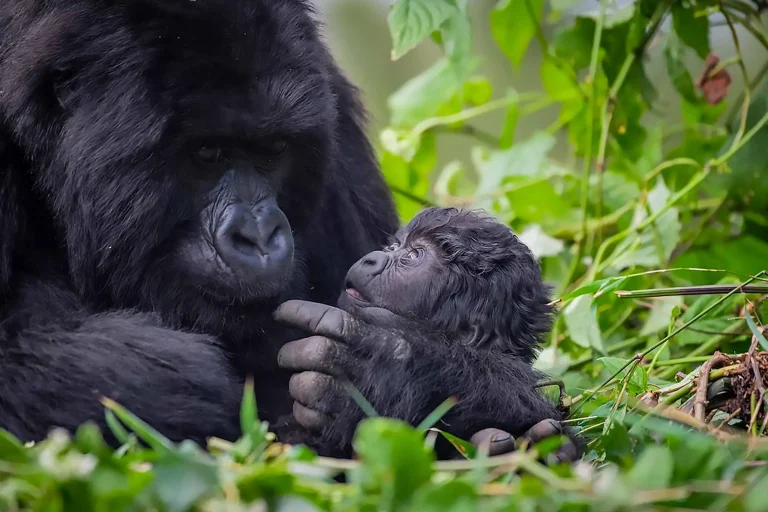- Blogs & Tips
The Gorilla Hand
- By Webmasters Killasites
Table of Contents
The Gorilla Hand: Primate’s Palm Reflects the Story of evolution, emotion, and Power
Gorillas have long been associated with raw strength. The rippling muscles cloaked in dark fur, brown eyes stony and watching, and fists beating the earth in a raw display of animal fury.
But power and strength are rarely paired with grace and beauty; focus with eloquence. Look closer to where we seldom glance. The broad and sturdy hands of the creature are not mere tools of survival.
Telling a story through hands is far from simple, yet every tale leaves behind echoes. We can imagine the gentle giant through the powerful anatomy known as a gorilla hand.
It symbolically captures the essence of humanity: where we’ve roamed, what joins us, the unique and sacred parallels we hold with those who share the title “gentle giant.”
In this article, you will encounter all details relating to gorilla hands: the biology, evolution, functions, and rich emotions it holds for humanity.
This is an entire article dedicated to fingers and palms transforming earth, families, and within those fragments of time, the essence to understand ourselves deeper.
The Anatomy of the Gorilla Hand
Gorilla hands reflect and look almost exactly like our own. Like all ape species, gorillas possess five digits on each of their hands, with an opposable thumb. An interesting part of the hand of particular interest is the nails, knuckles, and palm lines which are strikingly similar to ours.
It evokes a mental image of a weathered farmer’s hand, or perhaps a laborer’s, or even an artist’s hand which tells their life story through every wrinkle and callus.
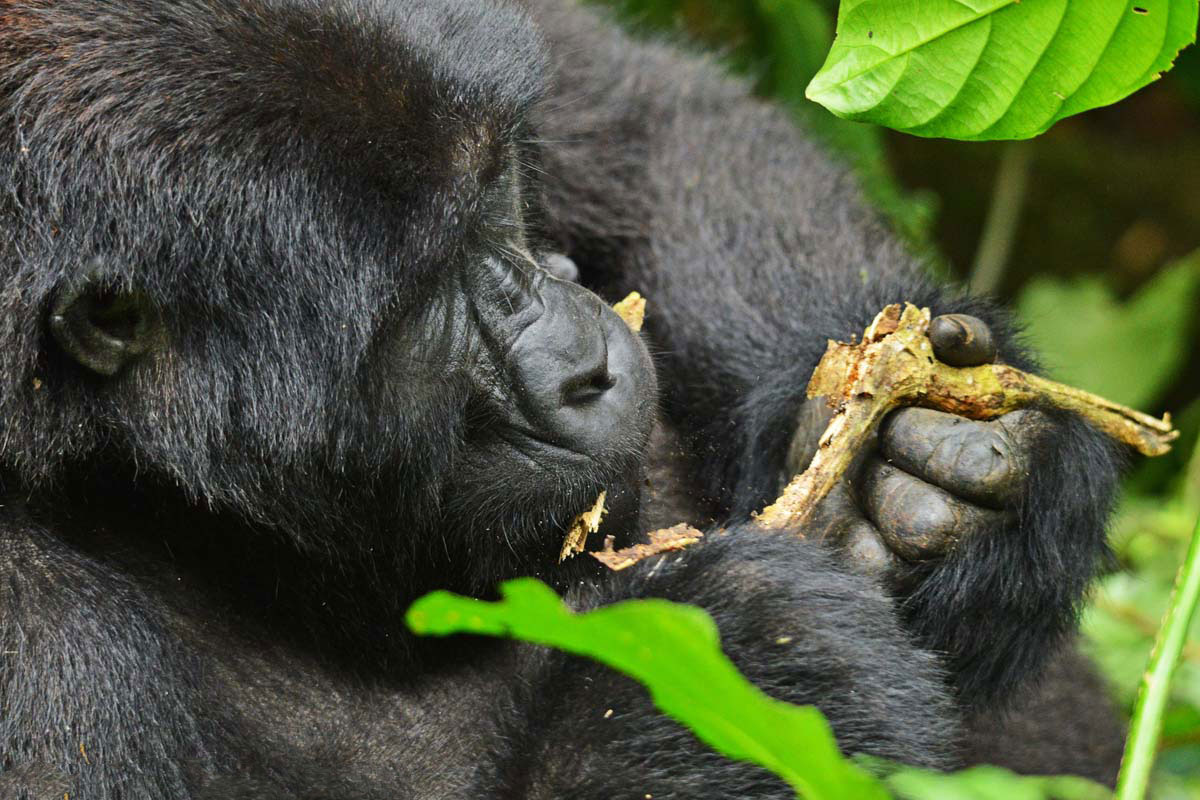 Key anatomical facts about the gorilla hand:
Key anatomical facts about the gorilla hand:
Opposed Thumbs: Just like humans, gorillas have opposable thumbs which permit them to grasp, manipulate, and control objects with precision. This trait is fundamental for tool use and social grooming.
Knuckle-Walking: Gorillas practice a version of quadrupedal movement called knuckle-walking. This unique method of locomotion has led to strong, calloused knuckles and wrists that have adapted to a shock-absorbing role. It involves curling fingers into loose fists and bearing weight on the knuckles.
Finger Length & Dexterity: The fingers of a gorilla are proportionally longer than ours, particularly the middle finger. These adaptations aid in grasping branches and foraging efficiently in dense vegetation.
Palm Prints: Just as with people, each gorilla possesses a unique fingerprint and, interestingly, their toe prints are so unique that they could be used for biometric identification should there be a need to.
These hands tell a tale of survival and community that is deeply intertwined with the life we have adapted to through every scar, wrinkle, and fingernail.
The Gorilla Hand Pictorial
The Gorilla hand: Social and Emotional Uses
Perhaps the most astonishing attribute of organisms as advanced as gorillas is their social intelligence, which for them, as well as for humans, the hand is a frequent source.
Gorillas perform mutual grooming, picking parasites, cleaning fur, and soothing each other, which serves an important sanitary function as well as providing and deep emotional connection. This ritual serves both connection and profound cleanliness.
The mother gorilla’s tender embrace of her baby evokes a response that touches something primal deep within us. The way her fingers curl invokes love that does not need words. It only desires the brush of a h and.
During moments of loss, it is not uncommon for gorillas to be seen gently grieving their deceased friends or family by sitting beside them and quietly brushing their bodies with tender and bewildered ease. These actions suggest sorrow and reminiscence, as well as the hands’ attempt to express what a mouth could never articulate.
Evolution in the Palm of Your Hand
The gorilla hand is not just an evolution of the human hand; it is a moving fossil. It is a living record of evolutionary history shaped by millions of years of foraging, climbing, fighting, and loving.
Key evolutionary facts:
Shared Ancestry: Humans and gorillas are 98.3 percent genetically the same, having diverged from a common ancestor 8 to 10 million years ago.
Knuckle-Walking Evolution: The structure of gorilla wrists and fingers reveals how they adapted to knuckle-walking while retaining the ability to climb trees, especially in juveniles.
Grip Strength: Gorillas’ have immense grip strength. Some estimates suggest that in a burst of force, it is possible for them to lift 1,800 lbs (815 kg). This is an evolutionary adaptation for survival in wild environments where access to food, mates, and territory is determined by strength.
Prehensile Ability: Gorillas are less active tool users than chimpanzees, but they are capable of using sticks to check water levels or to aid in walking. Their hands have the potential for more complex functions than mere tools; they are an evolutionary step toward intelligent manipulation.
Gorillas hands are not solely hindered—they are an evolutionary balance of function and adaptive strategy. They highlight the fact that intelligence is not exclusively cranial, for it may in some instances, reside in the fingertips.
Symbolism and the Emotional Weight of the Gorilla Hand
The mythos encapsulating the gorilla hand is extraordinary. It’s been a source of fascination for artists, scholars, and scientists due to its evocative and poignant nature.
In many books and movies, the gorilla hand is often used as a symbol for power under control. Consider King Kong, not as a monster, but a tragic figure who is a giant burdened with a hand that can both cradle and utterly destroy a woman.
In the area of evolutionary biology, the gorilla hand serves as a bridge linking Homo sapiens to the animal kingdom not only genetically, but also in terms of gestures. The manner in which a gorilla scratches its head in deep thought or offers a hand to a companion mirrors human gesture. The resemblance is profoundly touching.
To conservationists, the term gorilla hand describes an aspect of the species marked by paradoxical strength and fragility. It is emblematic of a species that could disappear despite its great power; it reminds us that even giants can fall victim to the tiny hand of human environmental destruction and greed.
For those fortunate enough to have worked closely with gorillas, the recollection of gently holding a gorilla’s hand remains imprinted vividly in one’s memory, akin to a spiritual moment. It goes beyond touching another species; rather, it is the act of solidifying a handshake with our evolutionary essence.
Gorillas in Peril: What the Hand Tells Us About Their Survival
Every fold of a gorilla’s hand is a testament to endurance. But that endurance is being tested.
Suggested Packages
Conservation facts:
All gorilla species are endangered or critically endangered, facing threats such as poaching, habitat destruction, disease, and climate change.
The mountain gorilla population is especially threatened with fewer than 1,200 remaining in natural habitats. While some conservation efforts have been made, it is difficult to ascertain what the future holds for them.
Gorillas are not only hunted for bushmeat, but their hands are also sought after, sold as macabre trophies or power symbols.
Human outbreaks of diseases like Ebola and respiratory infections have severely impacted the gorilla population, especially where eco-tourism occurs.
The loss of a single gorilla equates to losing an animal and also a living piece of history. It is a unique form of intelligence, a way of being filled with whispers of connection that once inhabited the jungles.
Why the Gorilla Hand Still Matters
The problem with a gorilla’s hand leaves us with few answers, only challenges.
What does humanity mean when another animal can show affection wielding the same hand used to pen a poem?
Why do we construct devices that replicate fingers while ignoring hands that crafted the entire forest?
Can we embrace the Earth and one another with the same cautious love?
As the world rushes toward automation, digital interfaces, and AI, the gorilla’s hand is a reminder of the beauty found in feeling, being, and taking things slow. It is not merely opposable thumbs; it is soul opposable.
Conclusion
There is a photo that has circulated the internet; a photo that stops you cold. A gorilla sits behind sanctuary glass and reaches her hand toward a human on the other side. Their hands almost touch—separated by an inch of plexiglass, a million years of evolution, and time itself.
That is the image we must never forget.
In the end, the gorilla’s hand is much more than a piece of anatomy. It is an invitation, a question, and above all, a reflection of our own hand.
Is there a chance for us, the species that used to inhabit the same forests and rivers as those gentle giants, to learn to rewind time?

Engage an expert
Discover the majestic Primates of Uganda & Rwanda with experts. Start planning a journey to the unforgettable encounter!
GET A QUOTE
Get a free obligation Quote.


